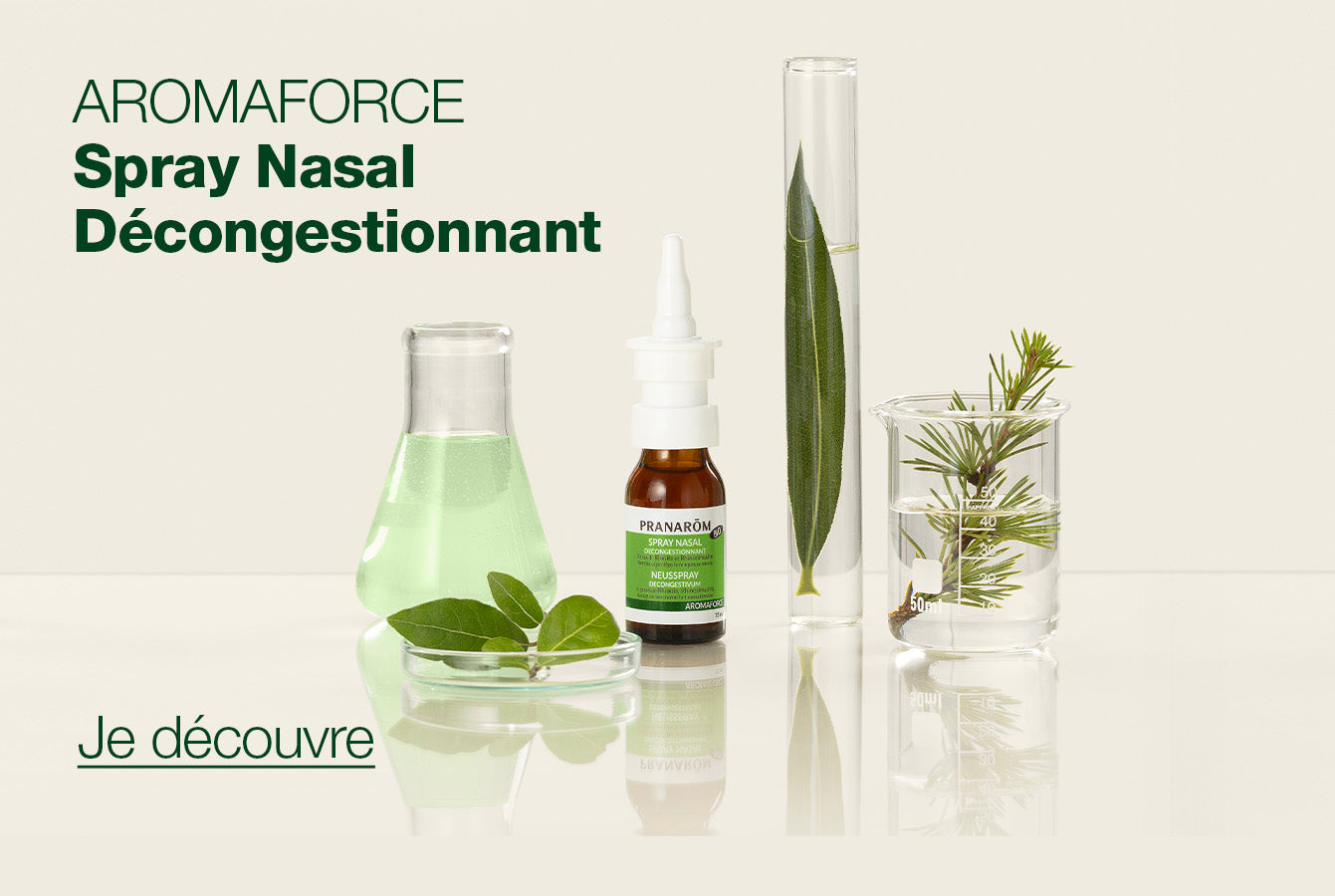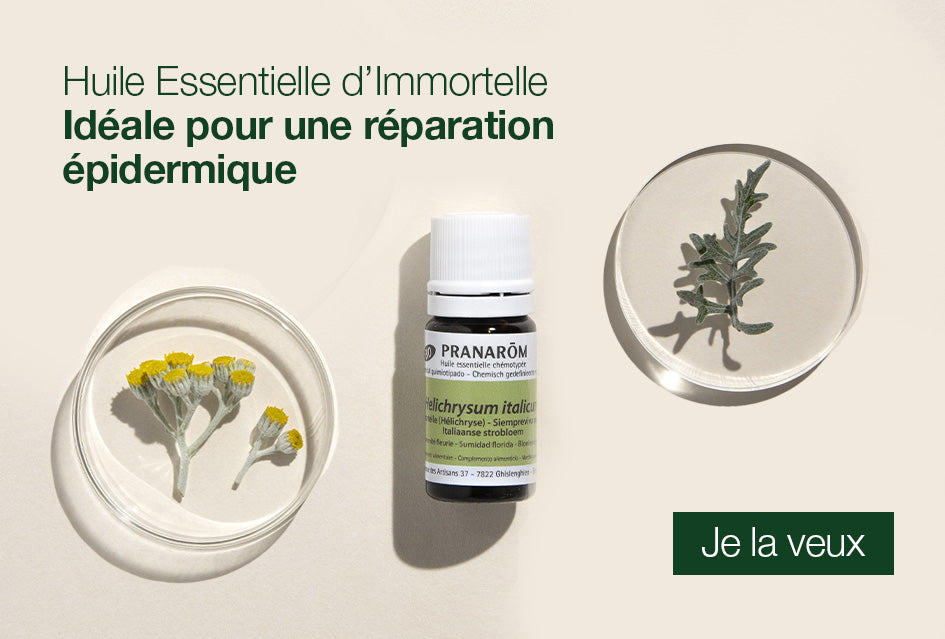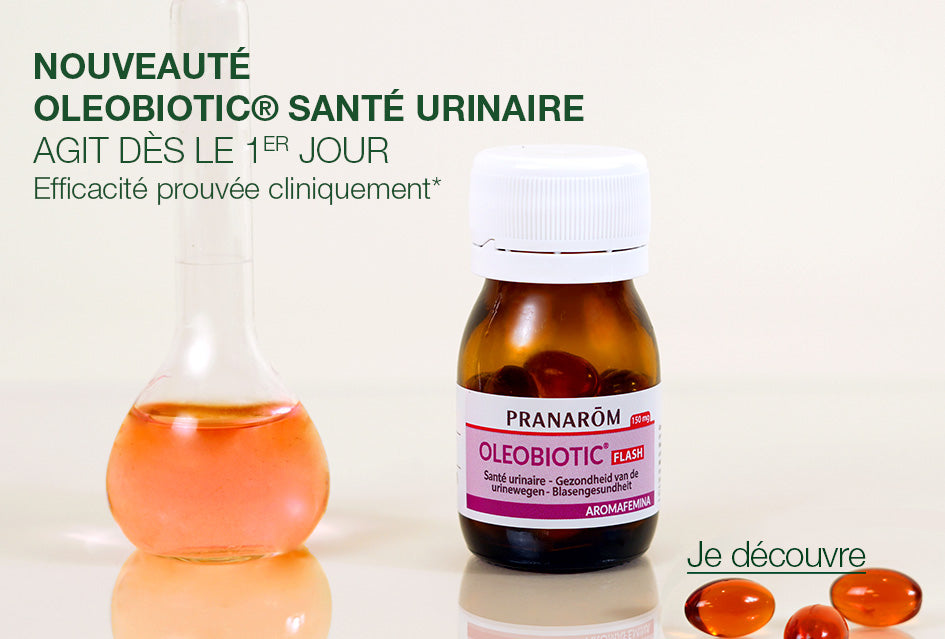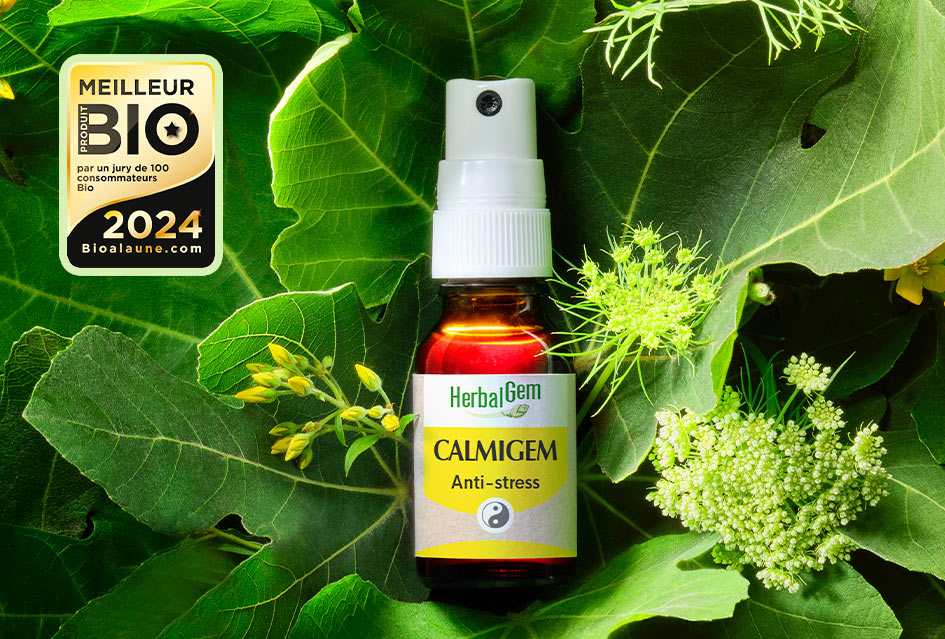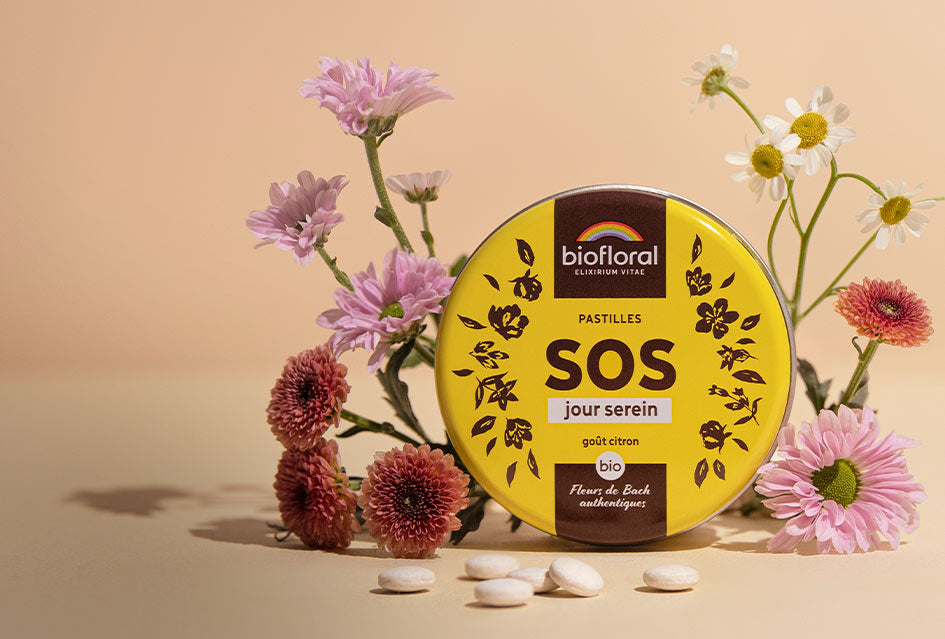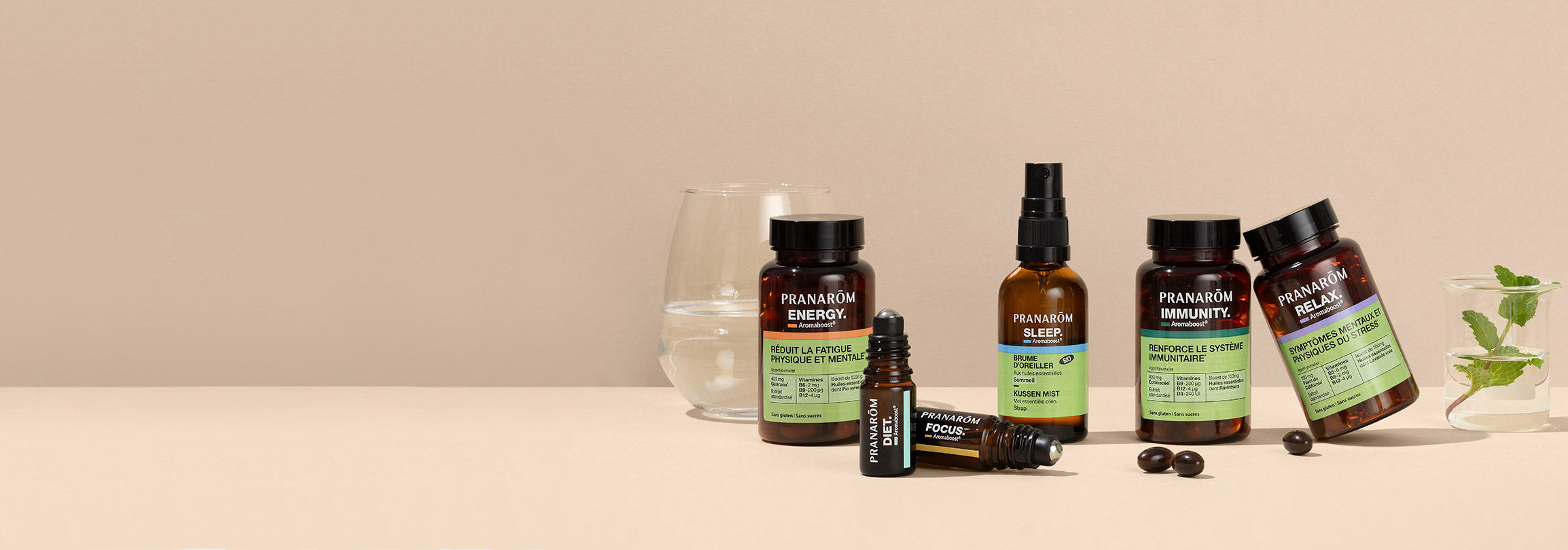Vegetable oils have been at the heart of debates on health and healthy living for some years now. But with so much information out there, it can be hard to know which fats are 'good' and which are 'bad'. This obsession can have perverse effects, such as Omega 3 deficiency, leading to imbalances at various levels, particularly inflammatory. As always, the most important thing is to find stability, by opting for fatty acids whose composition really meets our needs.
Saturated/unsaturated?
Unsaturated fatty acids are fatty acids with one or more carbon-carbon double bonds.
They fall into two categories:
monounsaturated fatty acids, including Omega 9, which have only one double bond,
polyunsaturated fatty acids, such as the famous Omega 3 and 6, which have several double bonds. Liquid at room temperature, they include the famous essential fatty acids that our bodies are unable to produce, forcing us to draw them from our diet and our environment.
Within Omega 6, we often speak of 2 types of acid. Linoleic acids and gamma-linoleic acids (GLA), often recommended for mature skin. Evening primrose vegetable oil is particularly rich in these acids. It is therefore often recommended to promote skin elasticity.
Saturated fatty acids have no C=C bond. They are solid at room temperature in our latitudes and keep longer than unsaturated fatty acids. The best known are coconut oil and shea butter.
Unsaponifiables
The nutritional virtues of a vegetable oil derive partly from its fatty acids and partly from its unsaponifiables. Although unsaponifiables only account for 1-15% of the composition of a vegetable oil, they make a proportionally large contribution. They include vitamins E, for example, which have antioxidant properties. Cranberry Vegetable Oil is particularly rich in these. Phytosterols and Triterpenes have healing, repairing and anti-inflammatory properties. They are found in shea butter and Argan oil. While their contribution to the virtues of a vegetable oil is considerable, it is also the unsaponifiables that may explain why some of them, such as rosehip vegetable oil, are not recommended for sensitive skin. Oily macerates, on the other hand, are rarely chosen for their unsaponifiables (since they come from a neutral oil), but rather for the active ingredients in the macerated plant.
What is a balanced Plant Oil?
As always, it depends on the desired effect.
2 values are important: the proportion of acids making up the Plant Oil and their ratio:
A high Omega-3/Omega-6 ratio will help to balance inflammation. It will be "soothing" and suitable for sensitive skin. Cranberry vegetable oil is particularly rich in this respect, as is Rosehip vegetable oil.
The higher the Omega-6/Omega-9 ratio, the more the oil will promote indirect hydration of the skin by helping to create better intercellular cement, which is particularly effective in limiting dehydration.
Generally speaking: the richer an oil is in polyunsaturated fatty acids (Omega 3 and 6), the more penetrating its texture.
The richer the oil is in monounsaturated fatty acids (Omega-9), the more nourishing and supple it will be, such as avocado (70%), macadamia (75%) or castor oil (85%).
The richer an oil is in saturated fatty acids, the more it provides a protective barrier. Like coconut or shea oil, for example.
How do I choose my Plant Oil?
In other words, for cracked skin, choose an oil rich in saturated fatty acids and unsaponifiable matter. This will promote healing and create a barrier effect, like a protective shield against external aggression. As a preventive measure, these oils can also be useful in the fight against the cold or other aggressions on sensitive areas.
For example: Shea Butter or Coconut Oil.
For dry skin with a crocodile-skin effect or brittle hair, opt instead for a vegetable oil rich in Omega 9. Avocado Plant Oil, for example, is particularly nourishing. It will help re-establish bonds and make the skin smoother and more balanced.
To support the skin's natural hydration, we prefer oils that are particularly balanced in polyunsaturated fatty acids (Omega 3 and 6), preferably with a higher ratio of Omega 3, which provide the skin with the elements it needs to reinforce its natural barrier from the inside. As a general rule, opt for Cranberry, Argan, Nigella and Rosehip Plant Oils.
And in the long term?
As we've seen, plant oils used externally are a simple, natural solution to some of the minor skin problems of everyday life. However, applying them to the skin is not enough, as it only treats the symptom without treating the cause. In other words, if you have dry skin, applying an oil is not enough. It's the sign of a lipid imbalance and a lack of hydration in your body, and it's important to take simple measures to counteract it:
Drink plenty of water
Be careful about alcohol consumption, which dehydrates the body
Eat good lipids by mouth, especially those rich in Omega 3. For example, black cumin oil and evening primrose and borage oils are particularly good for meeting the specific needs of mature skin.
Pure or blended?
Vegetable oils are an excellent dilution base for essential oils. They can also be used pure on the skin, with different effects depending on their composition. However, for a smoother texture and faster penetration, create a small emulsion in your hands by mixing your vegetable oil with a small amount of Aloe Vera gel. If you wish to prepare your emulsion in advance, remember to add a natural preservative. Vegetable oils generally keep for 6 months after opening.
Table of properties and uses of Virgin Plant oils



